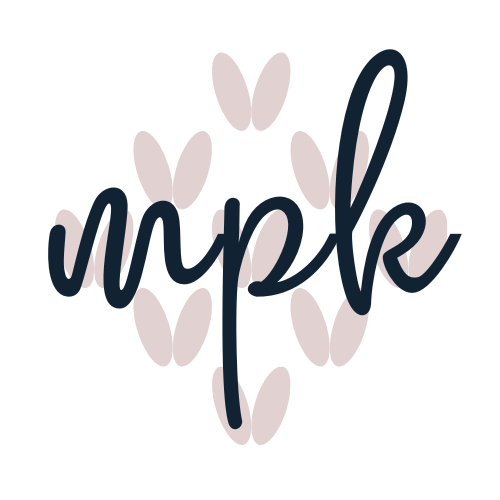Knit Design in Time Results: Part II
In Part I of this series I reviewed the time that went into creating the Soundside pullover, and how it was divvied up between the various elements of the process, with the grand total being 44.3 hours from start to finish.
In Part II, I’m going to look at the financial side of things.
The first thing you might think is “44.3 hours—that’s a week’s worth of work at a full time job.”
Well, sort of. Only, you can’t knit for 8 straight hours a day, 5 days a week, 50 weeks a year. I’m not saying your hands would actually fall off, but I do think they would just stop working and probably become disfigured. So there’s that.
But yes, if that were humanly possible, it is about the week’s equivalent of a full time job.
So how much should a skilled person reasonably expect to earn per week at a full time job?
That obviously varies a LOT, so I’m going to break it down to an hourly wage and see where things stand.
The current minimum wage in my state is $10.10/hour; the estimated living wage in my county/state for a single adult is $17.54/hour (it gets more complicated when you add in kids and a 2 parent household with both working, so we’ll just stick with that number; but you can see the breakdown here).
So, at minimum wage I should earn $447.60 for my 44.3 hours of work; at a livable wage, I should earn $777.31.
That’s 64 sales and 111 sales, respectively.
But wait!
Expenses.
Before I can start earning anything, I have to cover my expenses.
The yarn for this design was generously provided by The Farmers Daughter Fibers, so—yay!—one less expense. I modeled the sweater myself because that’s what is most convenient and cost effective for me at this point in time—so no money spent for a model either.
The next big expense is tech editing. The cost to edit this pattern was $70, so I have to sell 10 copies of the pattern to cover that first.
And then, overhead—there are expenses for my business that are spread over the year, like software licensing fees, my website, etc. This is a little trickier, but I estimate that I squeeze in about 18 hours of work each week (probably more the week I was finishing this design!), meaning that 44.3 hours is about 60% of my monthly work hours. So we’ll say it should cover 60% of my monthly overhead, which, based on a monthly average, is $34.80, or another 5 patterns.
So, my first 15 sales will just cover my expenses. Then I need 64 additional sales to earn the local minimum wage for my work, or 111 sales for a livable wage.
As I’ve discussed before, this isn’t quite a perfect model for the indie knitting pattern design biz—older patterns may continue to earn money, other revenue streams may be in play, etc. so the sales:salary relationship isn’t exact. But whether or not it correlates to actual income, we can still get a good picture of the money earned directly from pattern sales and whether it comes anywhere near sustaining a full, or even part-time, business.
Want to take a guess at how much I’ve earned from this pattern so far?
-$14.80.
Yes, that’s negative.
I haven’t even covered my expenses, let alone started earning an income.
You might think that’s not a big problem, since it’s only been 13 days since the pattern was released, but patterns generally earn the most money as soon as they drop. The further you get from the release date, the fewer sales—not always, but generally speaking. I might expect sweater sales to pick up again as the fall approaches, of course, and there’s always a chance someone super knitting famous will happen upon my pattern and give it a boast, but the majority of the money a pattern ever earns comes during the first few weeks.
Not exactly promising.
So, where do I go from here?
More on that in Part III.
If you enjoyed this post, you may also like. . .






